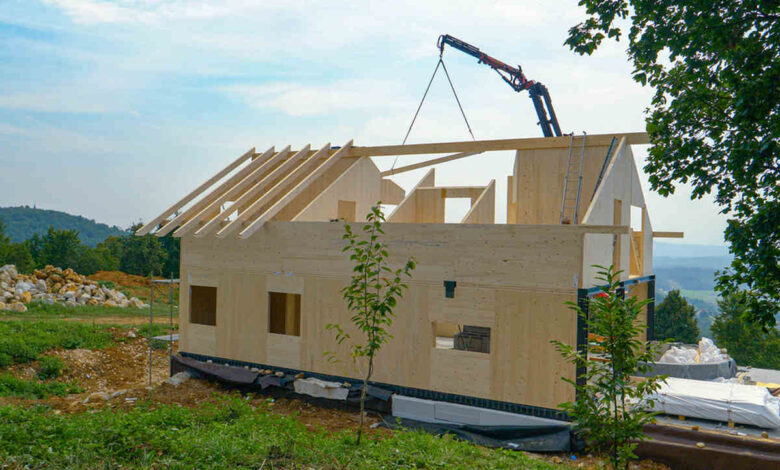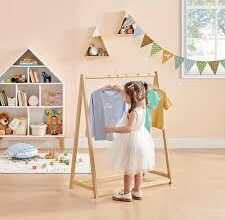What Materials Are Used in the Production of Prefab ADUs?

Introduction
Prefab ADUs are small and fully functional homes that are often built off-site in the factory and then transported to the homeowner’s location. Nowadays, ADUs are becoming more popular because they provide you with an extra space that you can either rent out for income or use as a separate living area for yourself.
The important thing in these ADUs is, we must understand that from which materials these ADUs are built. This article explains to you the materials that are commonly used in the production of prefab ADU homes.
1. Steel: Strength and Durability
Steel is one of the most common materials that are used in the production process of ADU prefab. It’s mainly used in the structural framework to provide strength and durability. Steel frames are very strong and can support a lot of weight which makes them a reliable choice for building.
Unlike wood, steel doesn’t attract pests like termites so it’s safer from damage. Plus, steel is less likely to bend, twist, or lose its shape as it ages, which means it stays sturdy and reliable for a longer time.
2. Wood: Affordable and Flexible
Wood is another material that is frequently used in the production. Wood is most used in the interior walls, flooring, and roofing. Wood is much lighter and more affordable than steel, and it’s also widely available.
These qualities make it a popular and practical choice for prefab structures. Wood is also energy-efficient and a good insulator which helps ADUs stay warm in the winter and cool in the summer.
3. Concrete: Strong Foundation
Concrete provides a solid foundation for prefabricated ADUs. Concrete slabs or blocks are often used as the foundation for a prefab unit because they help keep the structure stable and steady. Some prefab ADUs use concrete walls to provide extra insulation and reduce noise.
This helps keep the inside temperature comfortable and makes the space quieter by blocking outside sounds. Concrete is strong, fire-resistant, and needs very little upkeep which makes it a smart and practical choice for the foundation of ADU homes.
4. Insulated Panels: Energy Efficiency
Insulated panels are essential for temperature control within ADU prefab homes. These panels, made from materials like foam or fiberglass, are placed within walls, floors, and ceilings to keep the interior comfortable and reduce energy costs. Insulation panels are especially beneficial for maintaining a stable indoor temperature, making the ADU more energy-efficient.
5. Glass: Natural Light and Aesthetic Appeal
Glass is used in the form of windows and doors to bring natural light into prefab ADUs. Most ADUs have energy-efficient and double-glazed windows to reduce heat loss and noise. Large glass doors or windows make these small prefabricated homes feel more open and spacious and as a result, they look like a bigger area.
Read Also: Choosing the Right Digital Agency for Your Business: A Guide for US Companies
FAQs
What is the best material for ADU prefab homes?
You can consider steel and wood for strength and affordability. But insulated panels and eco-friendly materials are often used to improve energy efficiency and lower the environmental impact of the building.
Are ADU prefab homes energy-efficient?
Yes, most prefab ADUs include insulated panels and energy-efficient windows which makes them suitable for maintaining comfortable temperatures with minimal energy usage.
How long do prefabricated ADUs last?
These ADUs are designed to be durable, especially when made with high-quality materials like steel, treated wood, and composite siding. If you keep them with proper maintenance, they can last for decades.




